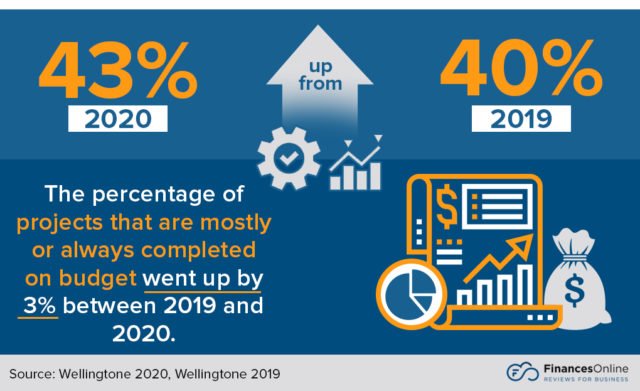Any new venture has risks. Building the next network for voice is no exception. We often talk about TCO reduction and operational simplification as easy justifications for moving to the cloud. So, too, is de-risking the VoIP 2.0 endeavor.
Building the Next Network is Risky
The risks in building a new network include:
- Questionable business case – it’s a build it and they will come (or rebuild it and hope they stay) approach that demands significant CAPEX and engineering, IT, and operational resources. In the meantime, voice ARPU and usage is largely flat-to-declining. Building that network is an outsized undertaking that aims to capture the same or smaller revenue stream in an increasingly competitive market. What will the voice take rakes and ARPU be next year? Five years from now?
- Shifting regulatory environment – the compensation and subsidy landscape is changing, and so too the burdens with compliance. The unknown is a risk. What are you signing up for in the long haul?
- Cost and time overruns – The Standish Group, a research firm that evaluates IT projects, reported in its 2013 Chaos Manifesto report, that cost overruns averaged 159% of original budgets, and projects on average took 74% more time than originally scheduled. To top it off, only 37% of all projects were judged to have succeeded and 21% outright failed (canceled prior to completion or delivered and never used). Ouch. The next-gen voice network is a giant IT project and may face the same fate.
- End-of-life – the moment you build it the clock starts ticking on its useful life. This process would need to be repeated every 5-7 years. Plus, deploying upgrades and enhancements is overly demanding during the life of the network (see SaaS – Freedom from Product Release Tyranny), putting service agility at risk.
A very concrete example of this risk comes from a presentation I saw at a conference last year. A technologist at a service provider presented his experience building a next-gen IP Multimedia Subsystem (IMS) network. It featured many starts and stops and do-overs. During that time, the cost per user likely rose and revenue fell. The experience went something like this:
- Original RFx issued in 2006
- Initially selection of seven different IMS vendors to deliver next-gen voice after roughly 12 months
- Started with trials and proof of concept
- The originally selected IMS core vendor canceled the product before it was purchased and the service provider had to start the RFx process over
- Commercially launched fixed VoIP services in 2014
That’s quite a commitment spanning eight years and untold dollars and many years spent on that project.

The Cloud Voice Platform Minimizes Risk for VoIP 2.0
What if instead, that provider chose the cloud as their next-gen voice platform? The cloud voice platform provides the least risk associated with next-gen voice across multiple dimensions.
- Better business case – the SaaS-based variable OPEX approach eliminates the need for capital outlay or a substantial commitment of organizational resources; the business case provides strong and consistent margins day one and the costs are 100% linked to your success.
- Regulatory clarity – much of the burden and their associated costs can be shifted to our carrier services partners like Level 3 and TELUS; as the landscape changes, service providers are more insulated.
- Faster time to market – your launch can be 30 days away and it’s easy to integrate into your existing back-office.
- Always evolving – the cloud never reaches an end of life and the new feature enhancements are continuously deployed and are easy to consume and leverage, accelerating service agility.
The decision to embrace the cloud for your next-gen voice network is a serious one. You need to look for the right platform and the right team. Look deeply at the provider’s migration experience and toolsets. And ask about your requirements and responsibilities in the process and what level of transition assistance is provided. The cloud is a smart choice, but it has to be the right cloud.
If you’re embarking on TDM-IP migration or VoIP 1.0 replacement, we think you can trust the cloud voice platform to significantly remove the risk for VoIP 2.0. Read more about this cloud sourcing trend in our white paper.


